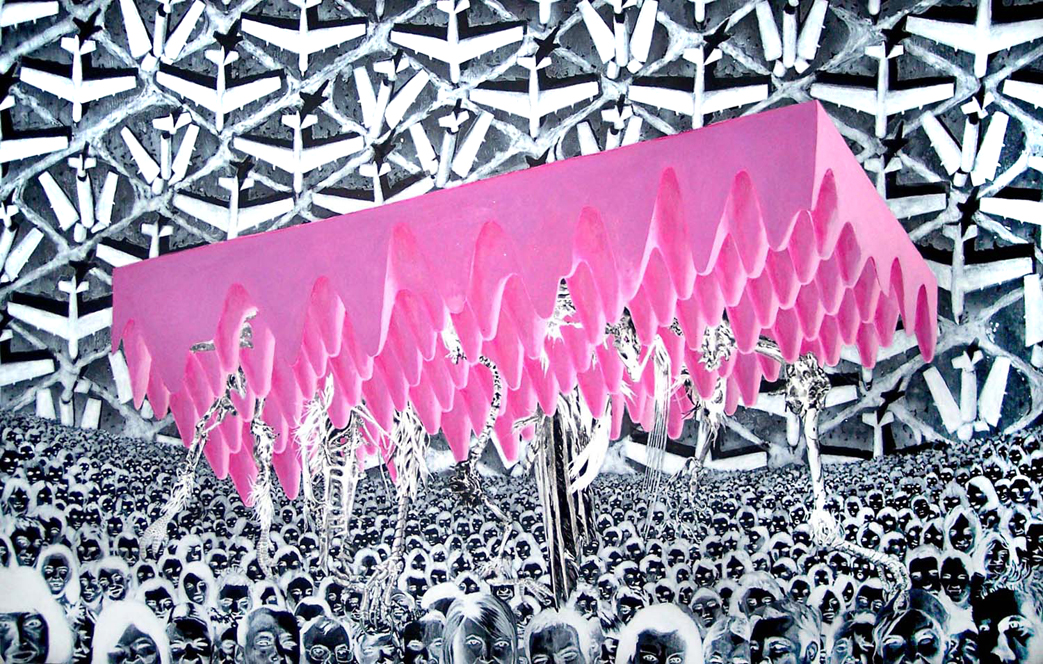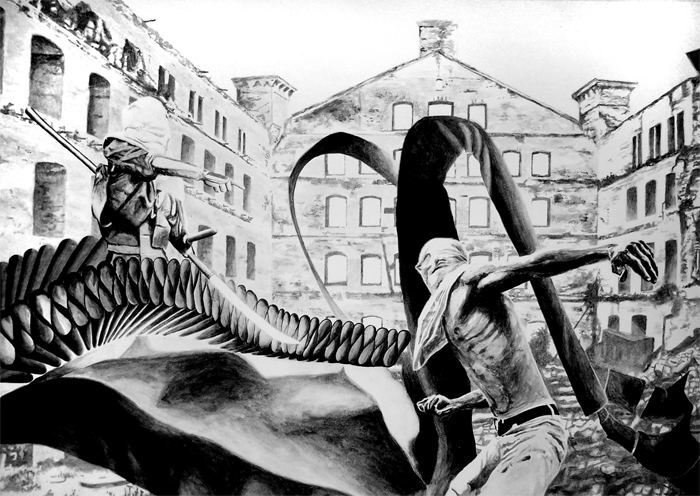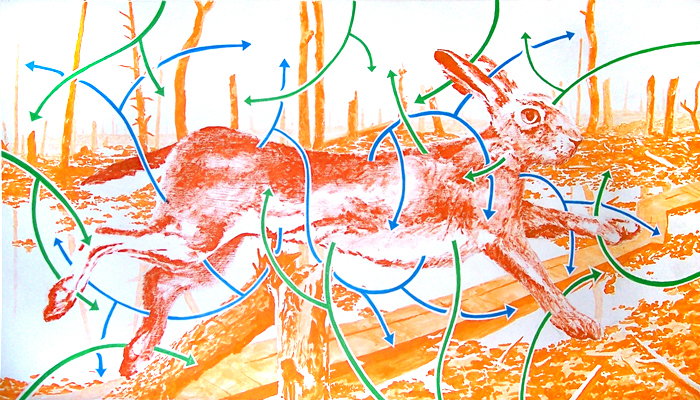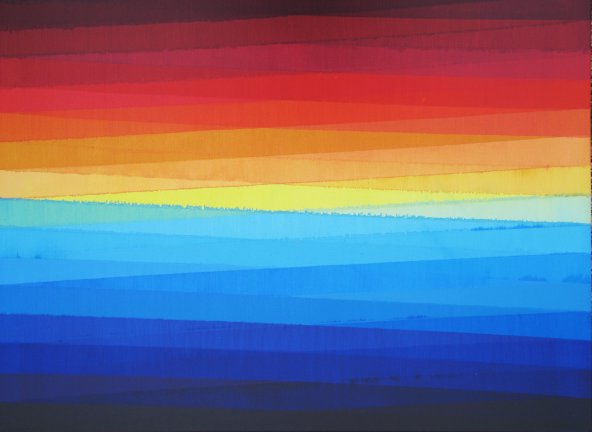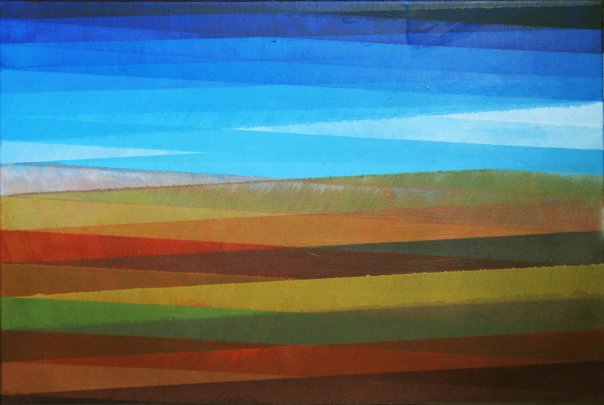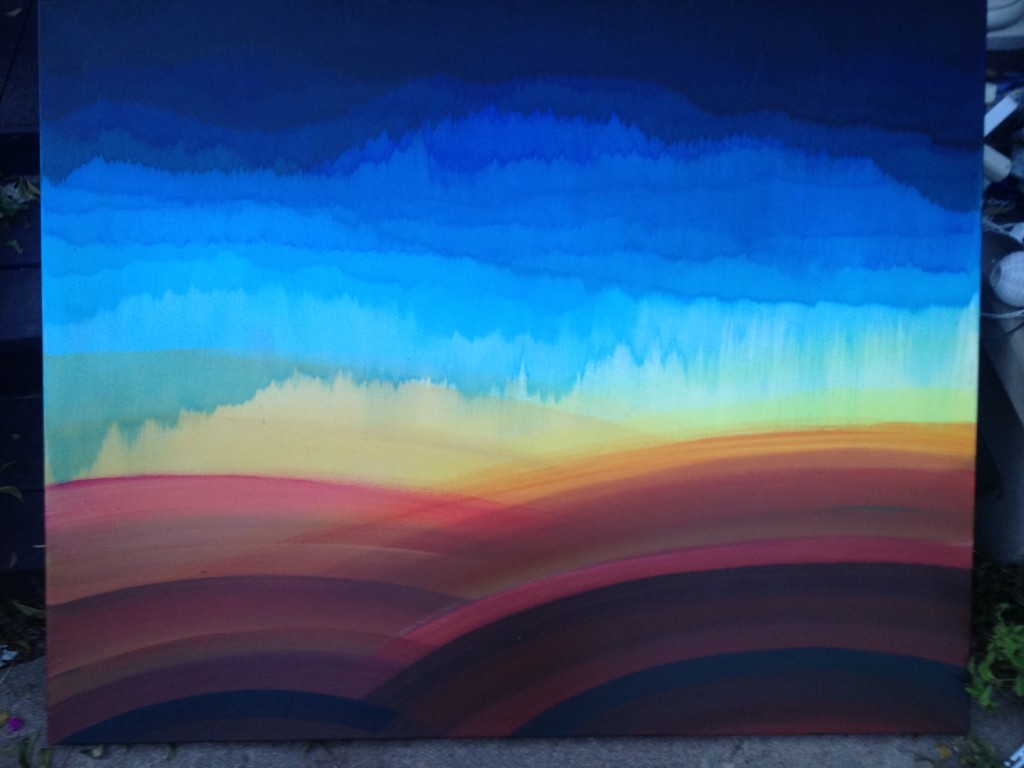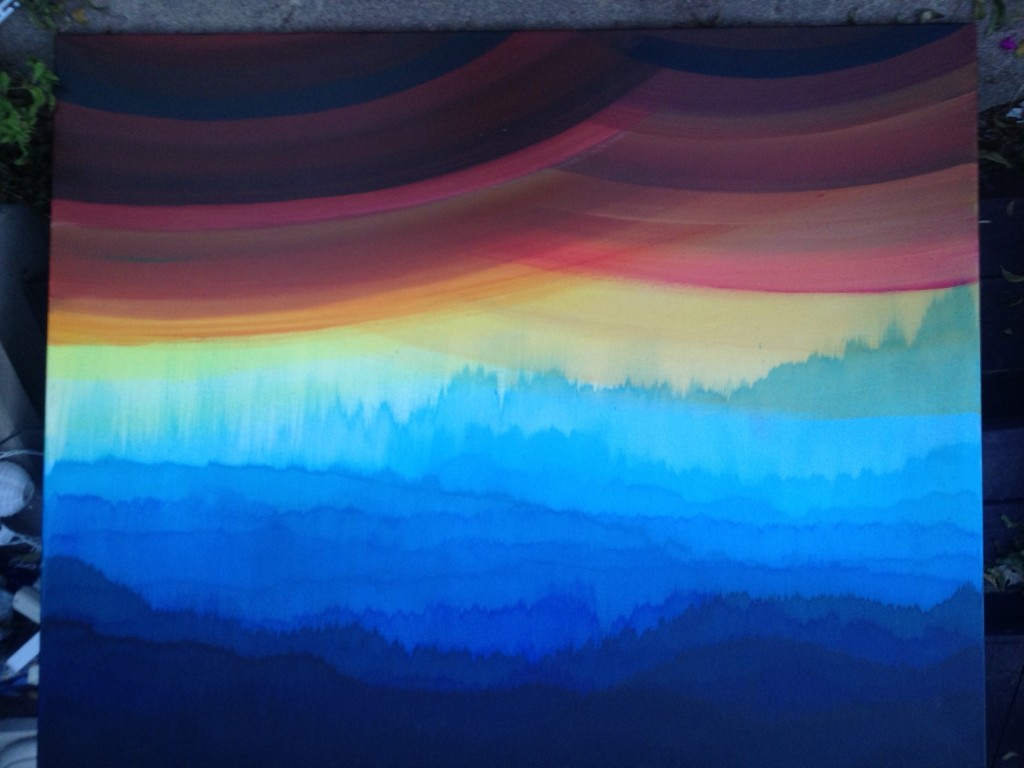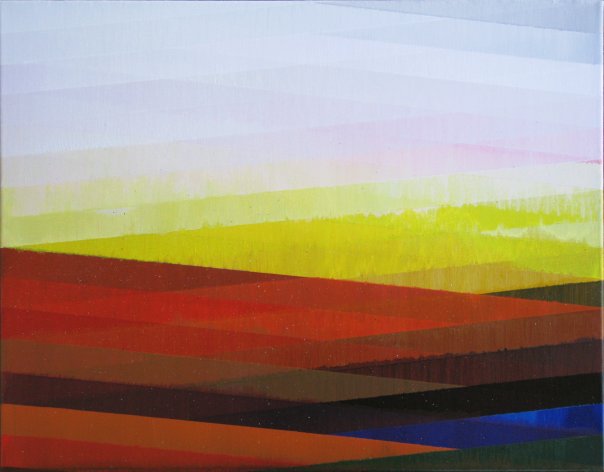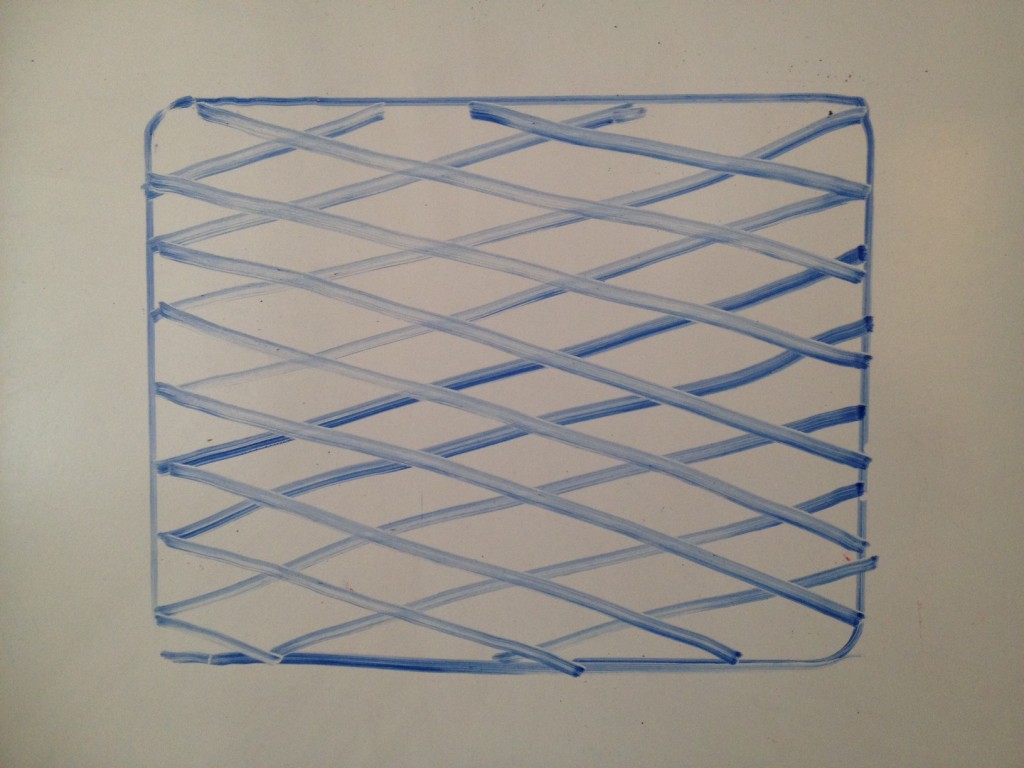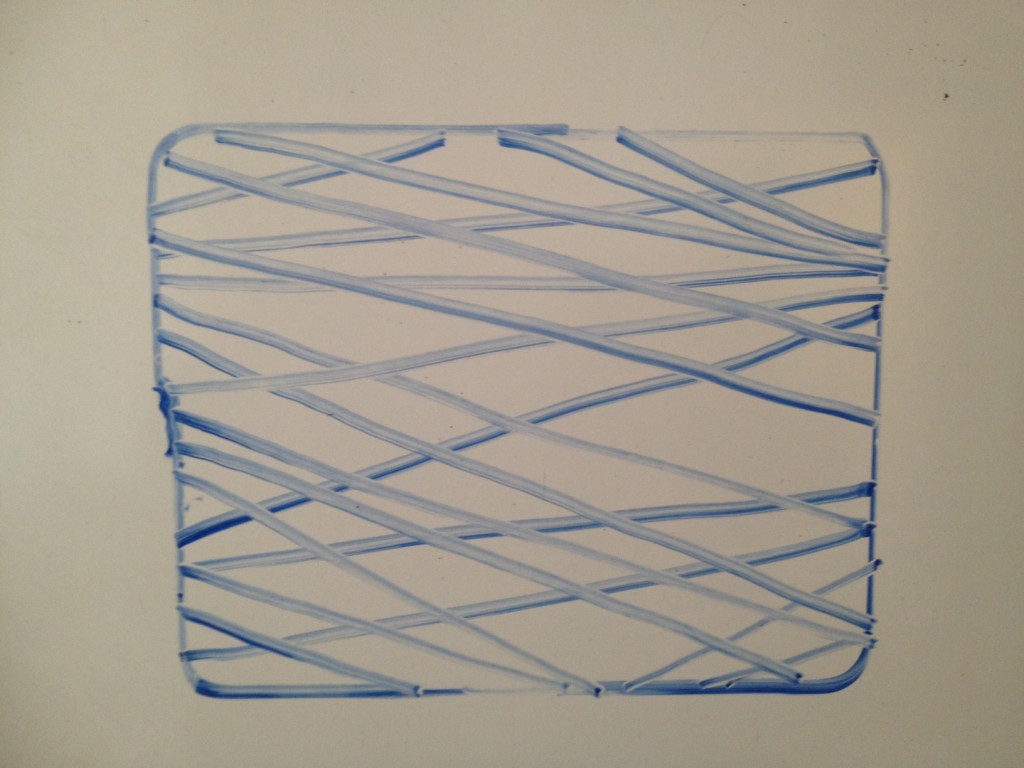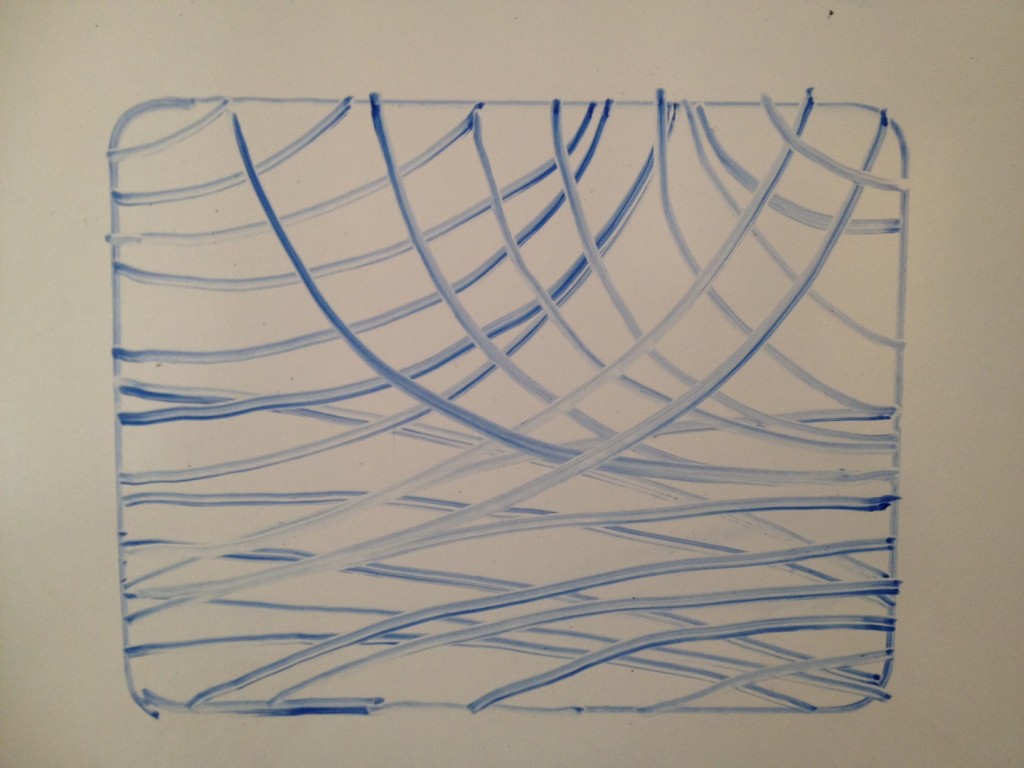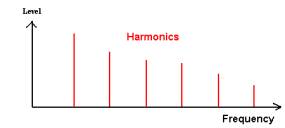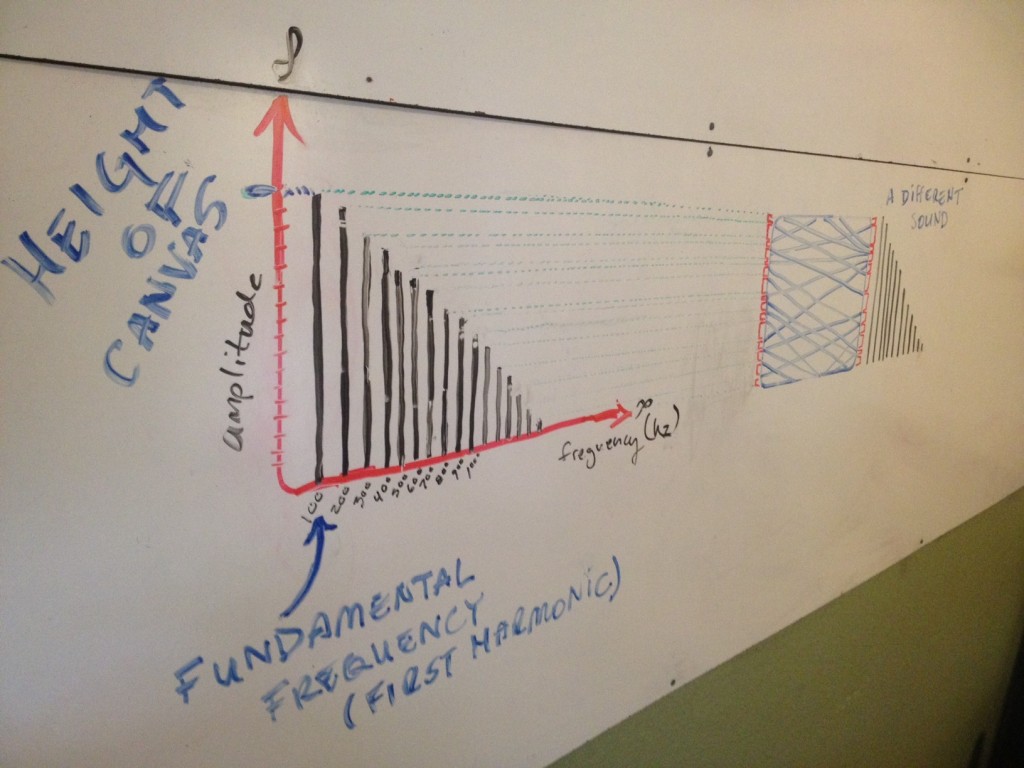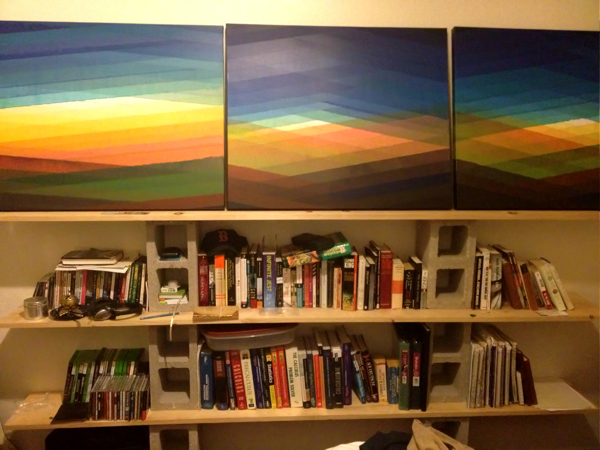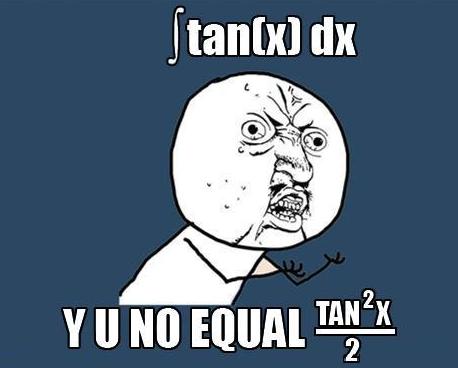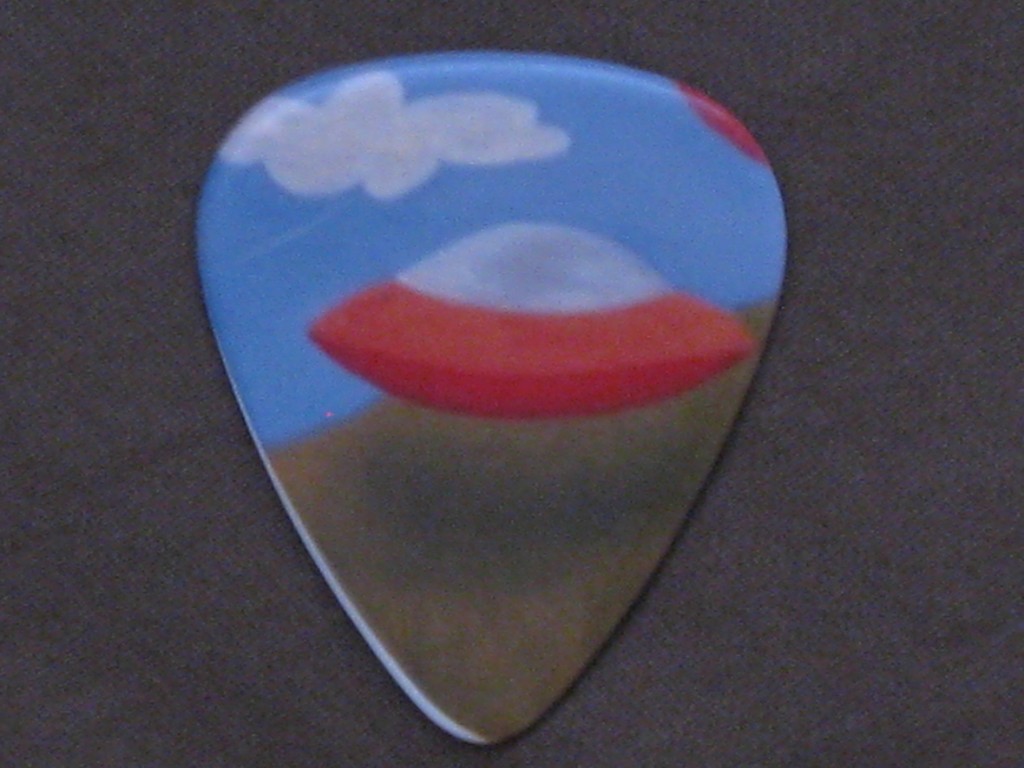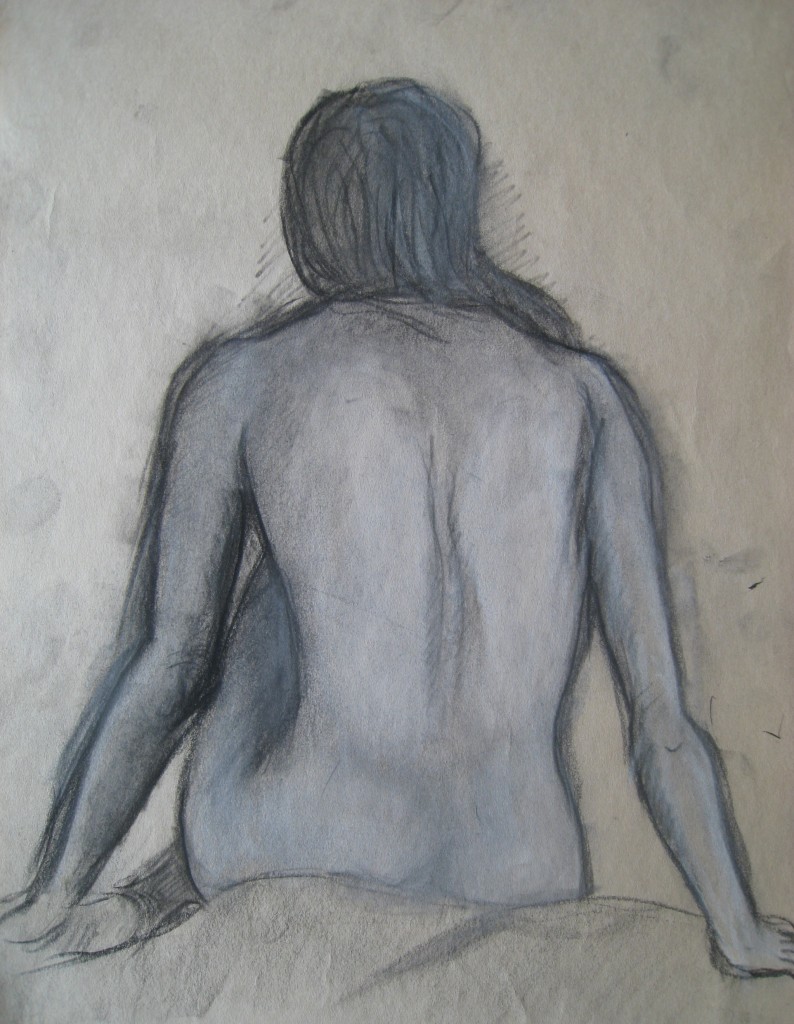Artist Showcase: Max Voss Nester – Surrealism
Max and I have known each other for almost 16 years now. I remember he used to do these incredibly elaborate, fantasmagorical, and somehow realistic pencil sketches that he would spend weeks at a time completing.
Well, his work has evolved over the years. He still creates very detail oriented and often complex depictions, however there are a few key changes that have taken place. For one, Max’s art seems much more vibrant and colorful than it once was. The photo-realistic approach is maintained, but the subjects are no longer fantastical. Rather than creating a creature from his imagination to draw, Max will more likely find an imaginative combination of real subjects that one might not see juxtaposed in reality.
I believe that this is a constraint that Max has imposed on himself, for this style of painting. Now, Max has other styles that he affects, but the paintings below seem to have a common thread. They all explore the dialectic of reality versus absurdity. He combines extremes. In this style, Max is not interested in exploring where reality and absurdity meet, which could be described as fantasy. Instead, he seems more taken with the conflict of placing extremes from each category against one another. You won’t find a dragon, or any nymphs, or even a half-shark-alligator-half-man (although I’ve requested it). What you will find is extreme realism and extreme abstraction makin’ woopie.
So here’s some ideological porn, if you’re into that kind of thing.
Link to Max’s page, maxvoss-nester.com.
Expressing Sounds with Color
I’ve got this idea, but I’m not exactly sure of how to pull it off logistically. I want to turn the sound of two instruments playing single notes simultaneously into a visual landscape, and I want to build it out of glass.
I believe this will take the painting style I’m affecting now and evolve it both in technique and meaning.
Here’s some context.
Exhibit A:
I love this painting, but it’s very uniform and too primary. The stripes are all of constant widths, and bordered with parallel lines. The colors are a just a little too logical, following a consistent gradation from lighter to darker.
These are constraints I have intentionally put on myself, but it’s time to branch out a bit.
Exhibit B:
In this painting (Our Secret Clouds, which is a Family Guy/ Bob Ross reference), I’ve tried to break my mold in a few small ways.
1. The stripes are of more complex, earth-like tones that do not follow logically from one to the next in color theory.
2. The brush strokes are angled inward from each side at about 40 degrees to suggest the slope of mountains and hills.
3. I’ve broken the color gradation from blue to black in the sky with white/gray triangular clouds (…and if you tell ANYone those clouds are there…).
Exhibit C:
In this painting I just went all out and broke all my rules, except the essential ones that keep the painting at least looking somewhat similar to the others in the series.
It looks like a rainy day in the desert, this side up.
From this side it looks like a dark forest covered by pregnant clouds, with a mountain in the back ground.
I don’t know, most of these paintings work that way…
Anyway, the main difference is that I didn’t use tape at all; just freehand.
– “pushed” the clouds into place from the bottom, but if you turn the painting upside down they look like forests of pine trees
– used the arc of my torso and arm to create both the caricature of rounded mountain tops, or the underside large cumulus clouds tinged with reds and yellows from the sun; depending on what orientation the painting is being viewed from.
It’s fun to branch out so drastically, but my instinct tells me that I need to reign it in a bit more.
Exhibit D:
In this painting I’ve done a couple of things to be suggestive of specific aspects of the landscape, however I’ve tried to work within certain boundaries as well.
To be suggestive I…
1. distressed a dryer, thicker consistency of white/gray paint to give the clouds more texture against the sun
2. added a layer of pink into the gray to capture a wider spectrum of light diffraction through the clouds
3. added a body of water, and a forested hillside…
…partly because I was bored with reds and browns
…partly because my art teacher in high school (Mr. Woody) always told me to add a point of interest in the bottom right corner (as it’s the last place the eye looks when it “reads” the painting for the first time…I guess with Westerners only? Whatever. I just do it.)
This painting is definitely a step forward in the evolution of the this style.
I’d like to vary the width of the stripes on each side, however.
For instance, as of now the lines of the paintings take on a geometric shape where all of the stripes are of a constant width, similar to this…
Or perhaps even this, which has varying bar widths:
But what I’m thinking of would take on a much more organic form, such as this.
The Proposition (which I’m not sure how to pull off):
The widths of each of the bars have a relative relationship with one another, and the height of each line where it intersects the edge of the canvas has a relative relationship with the full height of the canvas.
The height of the canvas could be thought of as the amplitude of the fundamental frequency, in a whole series of notes that define the “timbre” of a sound.
The above statement references something we’ll call “timbre graphs,” which look a little something like this…
That’s the basic idea.
Here’s a more detailed graph of how the differences in height of each successive harmonic could correspond to the width of the stripes in one of these paintings.
To match the widths of the stripes to the differences in height of the harmonics of a given sound, we’ve reduced the harmonics of the sound one dimension by taking only the amplitude measurement of them. So, to add the lost dimension (frequency) back in we match the color to frequency. This means the top of the painting would correspond to the fundamental frequency, which would be the lowest note sounding (excluding sub-harmonics) and would be in the violet-to-blue end of the light frequency spectrum. This works out nicely as the blue side of these paintings (the sky) usually goes on top. The orange-to-red end of the spectrum would in turn correspond to the highest frequencies in the timbre graph. Convenient.
Now I’m not worried about doing some arbitrary, mathematical comparison of the harmonic and light frequencies in order to match the paint mixes exactly to it. I want my own personality as an artist to come through in the interpretation of that frequency translation. That’s how I can suggest mood and express the emotion of the sounds I’m hearing.
The Problem:
I can get the graphs that produce the heights of the lines. That’s not the problem.
The problem is that I want to make this thing a large installation, out of glass, and preferably facing East.
I’m thinking about maybe kickstarter.com. What do y’all think?
The Question: Can we go the other way?
Can you think of a way to somehow “read” or “scan” these types of images, and re-interpret them as sound?
For the glass sculpture, could we somehow “read” and reproduce the sounds of the Sun?
Sounds of the Sun? Band name? …meh.
“Good To Me As I Am To You” – Berklee sound-alike
DOWNLOAD THE MP3 BELOW
Good To Me As I Am To You – mp3
This is a sound-alike project I did in college with some other Berklee kids in 2004.
I believe the line-up was…
Laura Richards, Vocals
Chris Gagne, horn arrangements and trombone
Matthew Owens, trumpet
Nir Felder, guitar
Tim Butterworth, piano
Jaime Bishop, electric bass
Nick Falk, drums
UFO Guitar Pick
Awesome UFO guitar pick that my beautiful and talented young cousin Juliet Nelson gifted me the last time she was in town. I gotta get up to Dallas and visit her mom Heather, who I adore. Hopefully Andrew, Heather’s husband and all around good dude/dad, will take me rock climbing or something crazy. I’ll bet Santiago, Heather’s little bro, is already better at me than certain sports. Maybe even rock climbing. Geez :\ probably rock climbing. Oh well, such is life. He’s just gonna get bigger and stronger, and then I won’t be able to pick on him anymore. 😉
Heather sent me some photos of their trip to Austin, which was extremely eventful. I only spent a few hours with them, but we ate at Home Slice, hit Hey Cupcake! for dessert, and then stopped by another candy store for double after dessert dessert.
I’ll get those pics up here sometime soon.
Much love guys.
sin b/ tan b = cos by

This is math and art…kinda. right?
The expression on his face is priceless.
So there’s this…
Trigonometric identity:
sin x = tan x
cos x
Therefore,
sin x = tan x cos x
which means…
sin x = cos x
tan x
Now just replace x with b. If “b” is now the independent variable…
sin b = cos b
tan b
har har “cos b” = Cosby
Thanks Hud. Haha. This is awesome.

